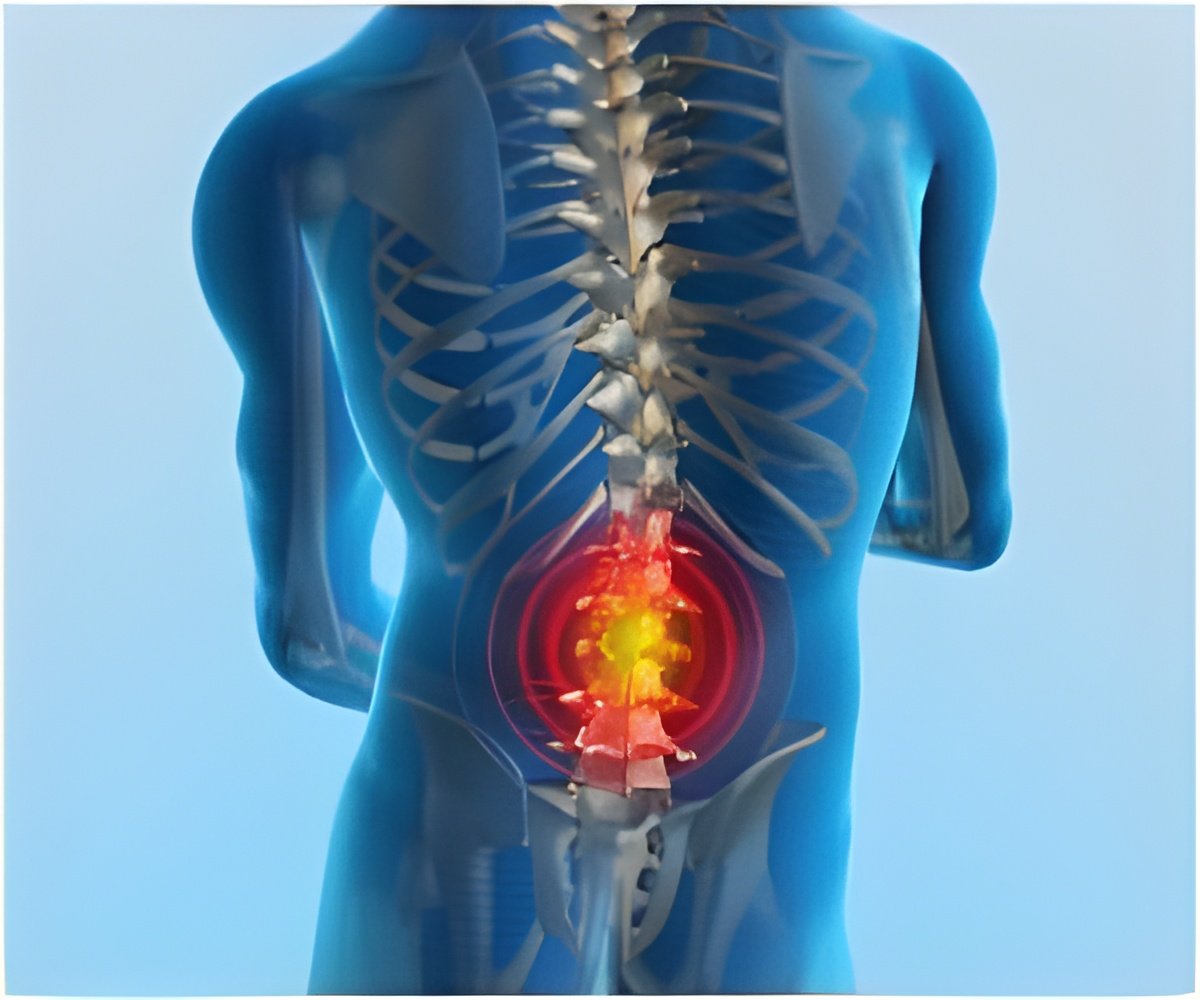
The team found that on clay surfaces the size of the sand particles in the clay affect the friction, particularly when the surface is wet. With smaller particles, the surface becomes more slippery as it gets wetter, as would be expected. However, with larger particles, the player's grip can actually increase on a wet court, making sliding more difficult.
The research also found why some players are able to slide across acrylic hard courts, a technique that has mostly been reserved for clay. Lead researcher, Dr James Clarke, from Sheffield's Department of Mechanical Engineering, explains: "We found that that if a player is strong and daring enough to apply a high enough force at the right angle, then it's actually easier to start sliding on a hard court than a clay court."
Insufficient, or too much, shoe/surface friction may influence the risk of injury in tennis. The extreme athleticism of today's top players has increased the necessity for playing surfaces with the appropriate level of friction. Only last year Novak Djokovic and Rafael Nadal threatened to boycott the Madrid Masters should the tournament continue to be played on a new blue clay surface. They complained that it was too slippery, and consequently unsafe.
Principal Investigator Dr Matt Carré, from the Human Interactions Group in the Department of Mechanical Engineering, University of Sheffield says: "The level of friction between the shoe and surface clearly affects the style of play. Understanding what was causes this level of friction can aid in standardising the quality of courts that will ultimately help the players perform better."
The research was funded by the Engineering and Physical Sciences Research Council (EPSRC) and is being continued with support from the International Tennis Federation. The next step is to link the results from the machine to how players themselves perceive the surface. The aim is to create standards which can be applied internationally to competition surfaces to better inform players about the court.
Advertisement
Source-Eurekalert








